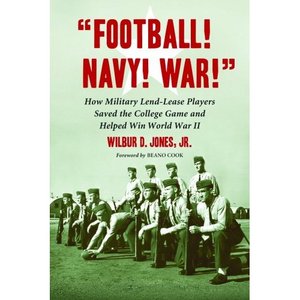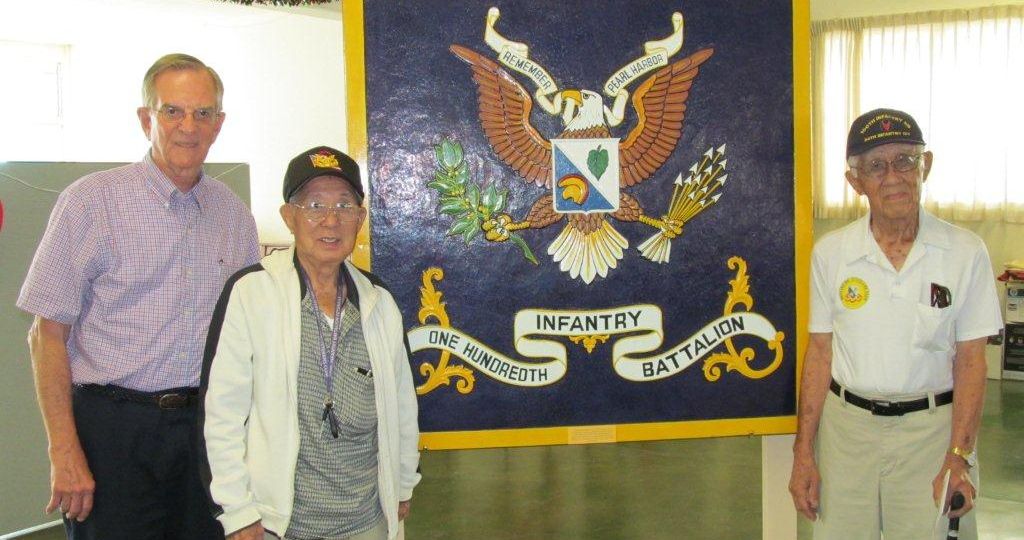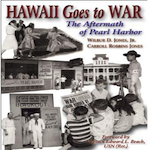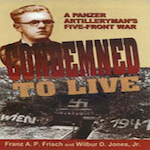Not coincidentally, football employs military terms associated with war, such as “aerial attack,†“blitz,†“field general,†and “trench warfare.†Beyond providing essential jargon, by necessity and choice the military linked with colleges during World War II to preserve the game and keep schools from closing, and utilized footballâ€s rugged physical, mental, and competitive conditioning to prepare men for combat, boost morale, and help win the war.
World War II
World War II History Preservation Event Features National WWII Memorial Giclee Dedication and Medal of Honor Recipient Charles Murray Documentary…
Wilbur D. Jones, Jr. is a nationally known, award-winning author/military historian Wilbur Jones who leads World War II battlefield tours to Europe, the Mediterranean, and Pacific for Valor Tours, Ltd.
Carroll Robbins Jones was seven years old when the Japanese attacked Pearl Harbor. She watched the attack from Waikiki with her mother, a professional photographer, and younger brother. Her father was executive officer of the USS Shaw that blew up. While her father returned to sea, the family spent the next nine months on Oahu.
Condemned to Live is an exceptionally explicit contribution to understanding the German common soldier of World War II, the private soldat. This gripping memoir of Franz A. P. Frisch, written with Wilbur D. Jones, Jr., portrays the nine-year life, culture and travails of a Panzer artilleryman who fought on five European fronts, and remained a private in rank.
Arming the Eagle is a military history of the United States presented as a series of essays, or snapshots, of chronological periods. They tell the story of how American weapons systems were researched, developed, and produced, and the notable processes, managers, leaders, and organizations involved, and how weapons from those periods were fielded in combat or to further national interests.






